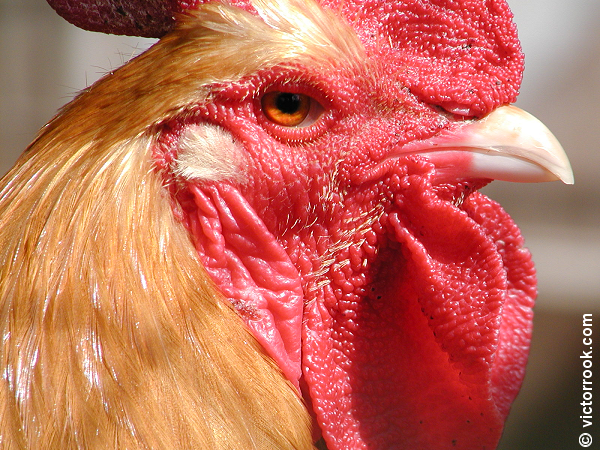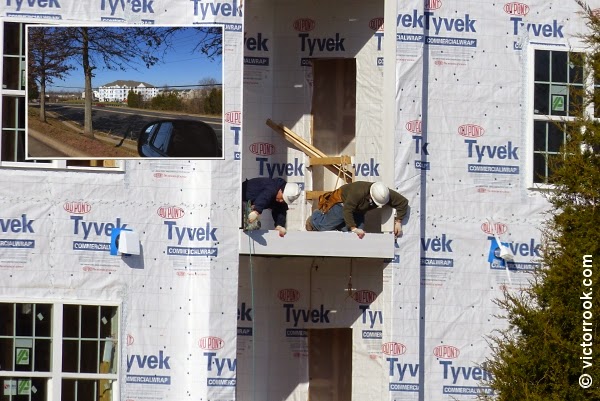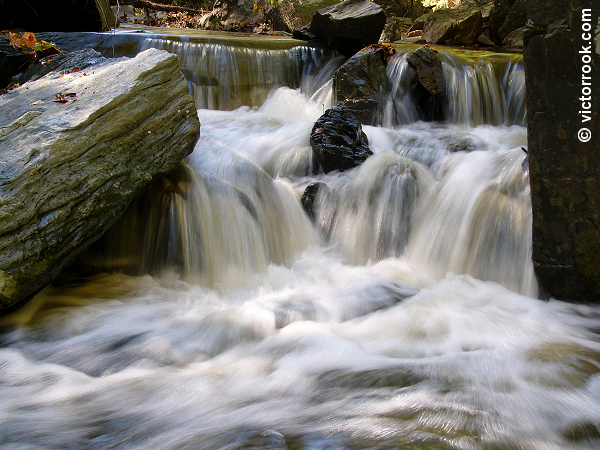I recently overheard an acquaintance talk about how she wished she would have added more lens attachments for her costly DSLR camera to her Christmas wishlist, and I thought, you only take pictures of your baby. And you choose to do that with your iPhone. So it got me thinking about all the people I see, mostly amateur photographers who really have no need for a DSLR, walking around with these $1500-$3000 monstrosities. If you're one of those people, or you are thinking of becoming one of those people, I'm here to tell you...you're an idiot. Seriously, though, you can be reformed.
I have been photographing subjects, nature, and landscapes from the moment the first Epson digital camera debuted back in like 1997. I believe Casio was the first one on the market. These took low-resolution, 640 x 480 images. It wasn't long before pixel counts doubled, then tripled, and quadrupled. Today, almost any digital camera you purchase has the ability to take photos large enough to print decent 8" x 10" prints.
 |
| Shot with an old two-megapixel digital camera. Good enough for the web, yes? |
The truth is, you don't need any of that. There are mid-range-priced digital cameras that will get the job done above and beyond what you would expect. Some are referred to as "bridge" cameras—cameras that have more bells and whistles than your typical point-and-shoot, but, apparently, less than a DSLR. But many have more capabilities than their expensive counterparts. Like my new Panasonic Lumix FZ200, which has the ability to shoot optical 24x zoom (not digital zoom) and maintain an aperture of F2.8 all the way through. That means it lets in more light through the entire zoom range so the shutter speed can be faster. This results in sharper images at full zoom. Like the one below.
 |
| 24x zoom on the Panasonic Lumix FZ200. Notice the wide-angle shot in the top left corner. |
Your best choice for a camera should match your usage. If you're only going to take photos for the web, any camera will do. Seriously. Even that near twenty-year-old Epson is sufficient enough for the web. But if you want to experiment a little further with your photography, just make sure the camera has manual overrides on Aperture and Shutter and Exposure. Look at the dial on top of the camera. If you see an A, S, and M, that means you can set the aperture (the F-stop) and the shutter speed at whatever you want. Invariably, those cameras will also allow you adjust the exposure as well. Then look for zoom capabilities. Ignore the digital zoom number (unless you like pixelated pictures) and only pay attention to the optical zoom number. It's not hard to find cameras that will take excellent photos at 10x-12x zoom in good lighting.
 |
| Cameras with manual Aperture and Shutter Speed controls allow you to take more creative shots. |
I know some of you will be holdouts. You'll continue to believe that you need to spend several thousand dollars to achieve the finest, most exquisite shots of your dog, your flowers, or those tree-covered mountain ranges on your trip to the Amazon. You'll make comments that allude that you can "tell the difference" in the photo quality. Let me guess, you own a mac, too? You purchased a $2000 mac so you can type words for a document, search the Internet, and occasionally edit a video, perhaps. My eight-year-old $700 HP PC has produced two broadcast-quality videos (one aired on PBS), edited hundreds of thousands of photos, produced three published books, designed websites, and has paid for itself quite sufficiently. But, that's another story.
Save your money, do your research, and enjoy taking pictures!
Order the Panasonic Lumix DMC-FZ200
Subscribe to my Blog for new posts.


No comments :
Post a Comment